Introduction
When it comes to the intricate world of transmission lines, understanding spacer dampers is essential for anyone involved in electrical engineering or infrastructure projects. Spacer dampers play a crucial role in maintaining the integrity and functionality of these systems, ensuring that they operate smoothly under various environmental conditions. As we delve deeper into this topic, we'll explore not just what spacer dampers are, but also how they differ from bundle spacers and their purpose within transmission lines.
Understanding Spacer Dampers
Spacer dampers are specialized components designed to mitigate vibrations and oscillations in overhead power lines. By reducing the movement caused by wind or other external forces, spacer dampers help maintain the stability of conductors, preventing potential damage over time. This understanding is fundamental when considering how these devices contribute to the overall performance and reliability of transmission systems.
The Role of Vibration Dampers
Vibration dampers serve as a protective mechanism within transmission lines, absorbing energy from vibrations that could otherwise lead to structural failure. Their primary purpose is to enhance the resilience of power lines against dynamic loads and environmental challenges. By effectively reducing vibration levels, these components ensure that both spacer cables and conductors remain securely positioned and operational.
Why These Components Matter
The significance of spacer dampers cannot be overstated; they are vital for maintaining conductor separation while also enhancing electrical performance in transmission lines. Understanding what is the purpose of a damper in a transmission line clarifies its role in preventing fatigue failures that can lead to costly repairs or system outages. Ultimately, integrating these components into projects not only boosts system stability but also extends the lifespan of critical infrastructure.
What is a Spacer Damper?
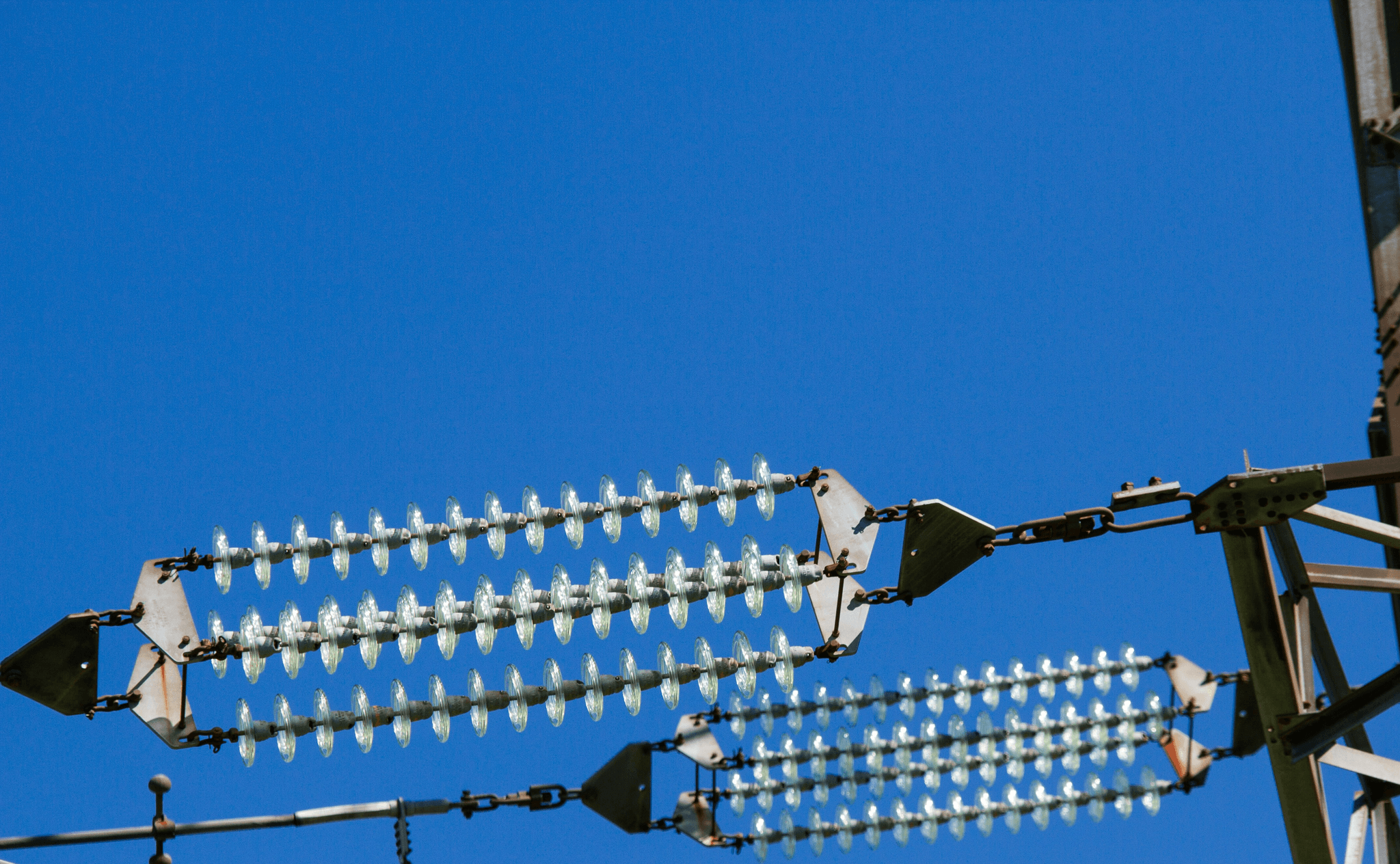
Spacer dampers are essential components in the realm of transmission lines, designed to mitigate the effects of vibration and oscillation. These devices play a pivotal role in ensuring that electrical conductors maintain stability and performance under various environmental conditions. Understanding spacer dampers is crucial for anyone involved in transmission line design or maintenance.
Definition and Functionality
A spacer damper is a specialized device used to reduce vibrations caused by wind, ice, or other external forces acting on transmission lines. Its primary functionality lies in damping oscillations, which helps prevent fatigue failures that can lead to costly repairs or outages. By absorbing energy from these vibrations, spacer dampers enhance the overall stability and longevity of the transmission system.
Types of Spacer Dampers
There are several types of spacer dampers available, each designed for specific applications within transmission lines. Common types include single-point dampers, multi-point dampers, and tuned mass dampers, each serving unique purposes based on their design and installation location. Choosing the right type of spacer damper can significantly impact performance; thus understanding what is the difference between a bundle spacer and a damper becomes essential when selecting components for your project.
Applications in Transmission Lines
Spacer dampers find their applications primarily in overhead transmission lines where conductor movement due to wind or other forces can lead to wear over time. They help maintain conductor separation while also enhancing electrical performance by preventing phase-to-phase contact during oscillations. Additionally, their use contributes to system stability by reducing mechanical stress on both conductors and supporting structures, highlighting what is the purpose of damper in transmission line systems.
What is the Difference Between a Bundle Spacer and a Damper?
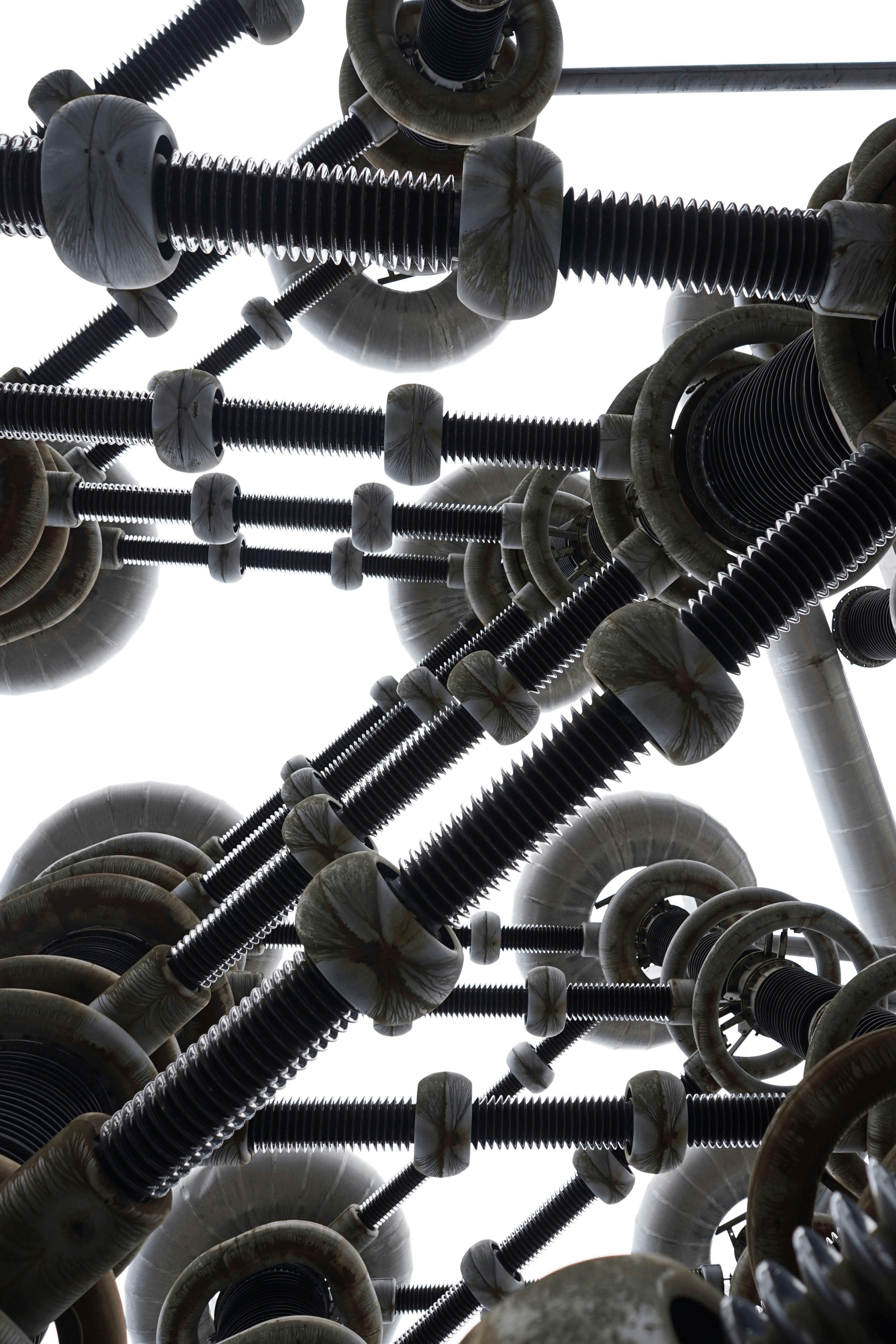
Understanding the difference between a bundle spacer and a damper is crucial for optimizing transmission line performance. While both components are essential for maintaining stability and functionality, they serve distinct roles within the system. In this section, we will delve into these differences, focusing on their specific purposes and impacts on transmission lines.
Exploring Key Differences
A bundle spacer is designed primarily to maintain separation between multiple conductors in a bundled configuration. It ensures that conductors do not touch each other while allowing them to operate efficiently together. On the other hand, a damper's main function is to mitigate vibrations caused by wind, movement, or other external forces that can lead to oscillations in the line.
While both components play critical roles, their functionalities differ significantly: spacers focus on maintaining proper conductor alignment and spacing, whereas dampers are all about reducing dynamic forces acting on those conductors. This distinction raises an interesting question: What is the difference between a bundle spacer and a damper? The answer lies in their specific applications—spacers keep things organized while dampers keep things calm.
How Each Affects Transmission Lines
The impact of spacers and dampers on transmission lines cannot be overstated. Bundle spacers help prevent electrical arcing by ensuring adequate separation between conductors, which enhances safety and reliability in power distribution systems. Conversely, dampers reduce vibrations that can cause fatigue failures over time; without them, structures might face premature wear or even catastrophic failure under adverse conditions.
In essence, spacers contribute to electrical performance by maintaining optimal spacing among conductors while dampers enhance structural integrity by minimizing oscillation effects. Both components work together harmoniously but address different challenges within transmission lines—what is the purpose of a damper in transmission lines? To ensure long-term reliability through vibration control!
Impact on System Performance
The combined effect of using both bundle spacers and dampers leads to improved overall system performance in transmission lines. By effectively managing conductor spacing with spacers and mitigating vibrations with dampers, engineers can enhance both safety and efficiency in power delivery systems. This synergy not only prolongs equipment lifespan but also reduces maintenance costs associated with repairs from fatigue failures.
Ultimately, understanding what is the use of spacer in transmission lines helps highlight its importance alongside dampers; together they create robust solutions that withstand environmental stresses while delivering reliable service. In addition to ensuring stability through proper spacing, these components contribute significantly to preventing issues like sagging or misalignment that could compromise system integrity over time.
What is the Purpose of a Damper in Transmission Lines?
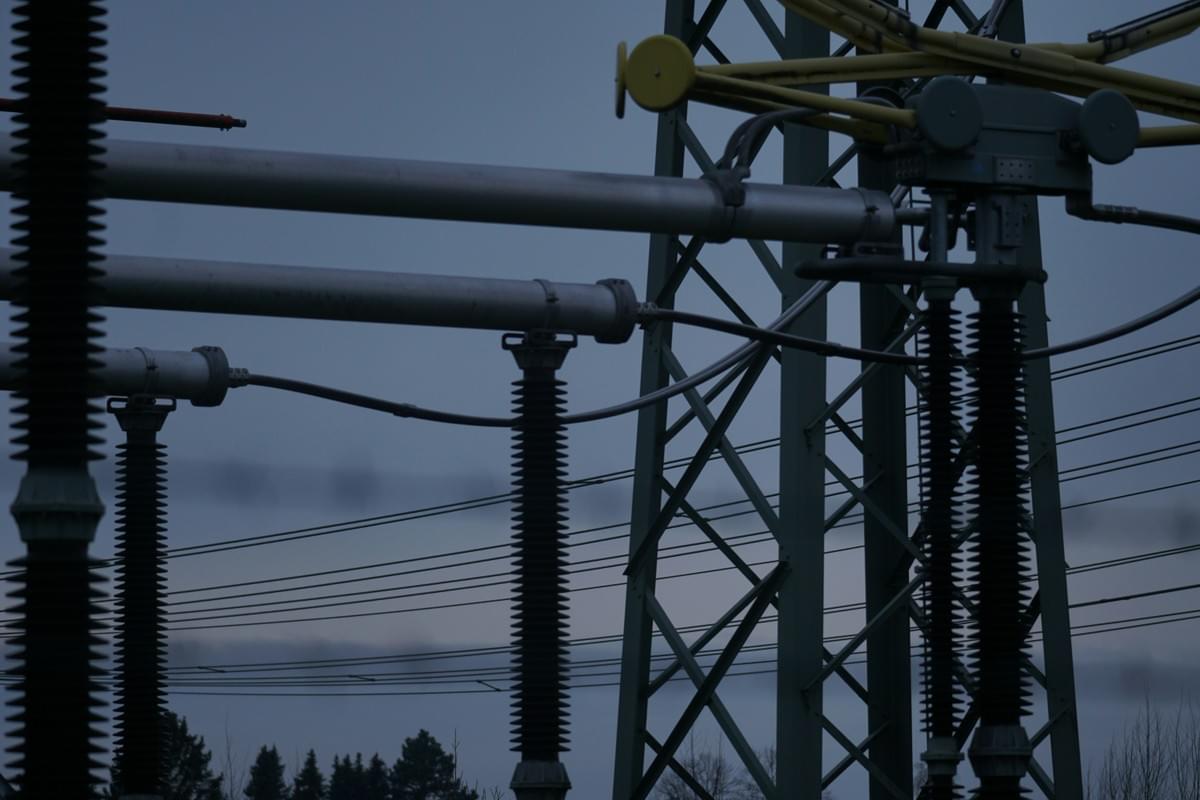
In the world of transmission lines, dampers play a crucial role in maintaining system stability and performance. A damper's primary purpose is to mitigate vibrations and oscillations that can arise due to environmental factors like wind or seismic activity. Without effective dampers, these vibrations could lead to structural issues, making them indispensable components in ensuring the longevity and reliability of transmission systems.
Reducing Vibration and Oscillation
One of the primary functions of a damper in transmission lines is reducing vibration and oscillation. These unwanted movements can cause significant wear on components over time, which is where spacer dampers come into play. By absorbing energy from these vibrations, dampers help maintain smooth operation, thereby enhancing overall system performance.
Furthermore, understanding what is the difference between a bundle spacer and a damper is essential for grasping their unique roles. While both components aim to stabilize conductors, spacers primarily focus on maintaining separation between bundled cables, whereas dampers are specifically designed to counteract vibration forces. This distinction highlights how each component contributes uniquely to the efficiency of transmission lines.
Enhancing Structural Integrity
Another vital purpose of a damper in transmission lines is enhancing structural integrity. Dampers work by distributing mechanical stress more evenly across structures, preventing localized damage that could lead to catastrophic failures. In essence, they serve as protective agents that fortify transmission systems against various external forces.
Moreover, when you consider what is the use of spacer in transmission line applications, it's important to note that while spacers maintain conductor separation for electrical safety and performance, dampers ensure that these conductors remain stable under stress conditions. The synergy between spacers and dampers optimizes both electrical conductivity and mechanical robustness in power systems.
Preventing Fatigue Failures
Fatigue failures are often silent but deadly threats lurking within any mechanical system; this includes our beloved transmission lines! A well-placed damper can significantly reduce fatigue by minimizing repetitive stress cycles on cables and hardware caused by wind-induced vibrations or thermal expansion. This proactive approach helps extend equipment life while also reducing maintenance costs—a win-win situation!
In light of this discussion about what is the purpose of spacer cable as well—these cables are designed not only for spacing but also for supporting overall system stability alongside dampers. The combined efforts of spacers maintaining proper conductor alignment and dampers mitigating vibrations create an environment where fatigue-related issues are far less likely to occur.
What is the Use of Spacer in Transmission Lines?
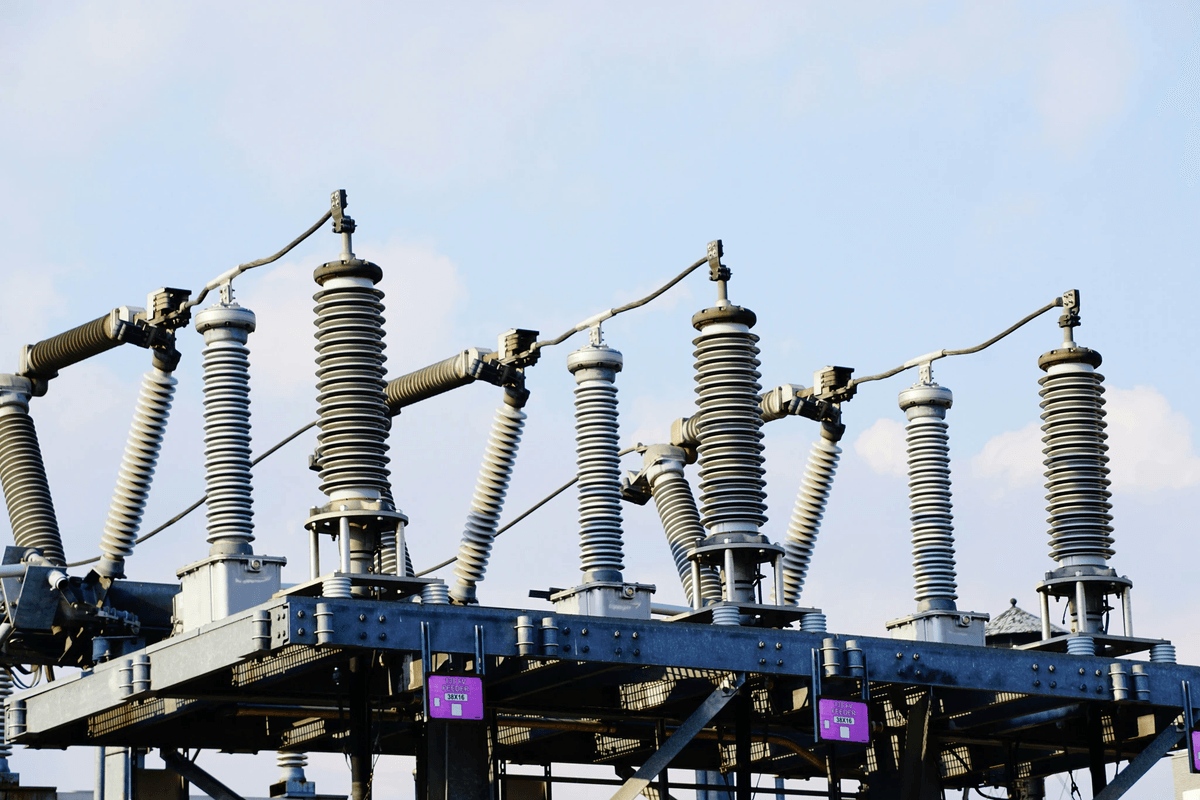
Spacer components play a crucial role in maintaining the integrity and efficiency of transmission lines. Understanding what is the use of spacer in transmission line systems helps to appreciate their importance in electrical infrastructure. These spacers not only ensure proper conductor separation but also contribute to enhanced performance and system stability.
Maintaining Conductor Separation
One primary function of a spacer damper is to maintain adequate separation between conductors, especially in bundled configurations. By ensuring that conductors do not touch or come too close to each other, spacers prevent electrical arcing and reduce the risk of short circuits. This separation is essential for safe operation, as it mitigates the potential for electromagnetic interference that could disrupt power transmission.
Enhancing Electrical Performance
When considering what is the purpose of spacer cable, one must recognize its impact on electrical performance. Spacers contribute to optimal current flow by minimizing losses associated with proximity effects and reducing reactance within the system. This enhancement leads to improved efficiency and reliability, making it vital for utility companies striving for better energy distribution.
Supporting System Stability
In addition to maintaining conductor separation and enhancing performance, spacers also support overall system stability during adverse weather conditions or seismic events. Their design allows them to absorb vibrations that could otherwise lead to failures or structural damage—a key aspect when pondering what is the purpose of damper in transmission line systems. By providing this stabilization, spacers help ensure long-term reliability and safety for both infrastructure and personnel working with these systems.
The Role of Armor Rods in Transmission Systems
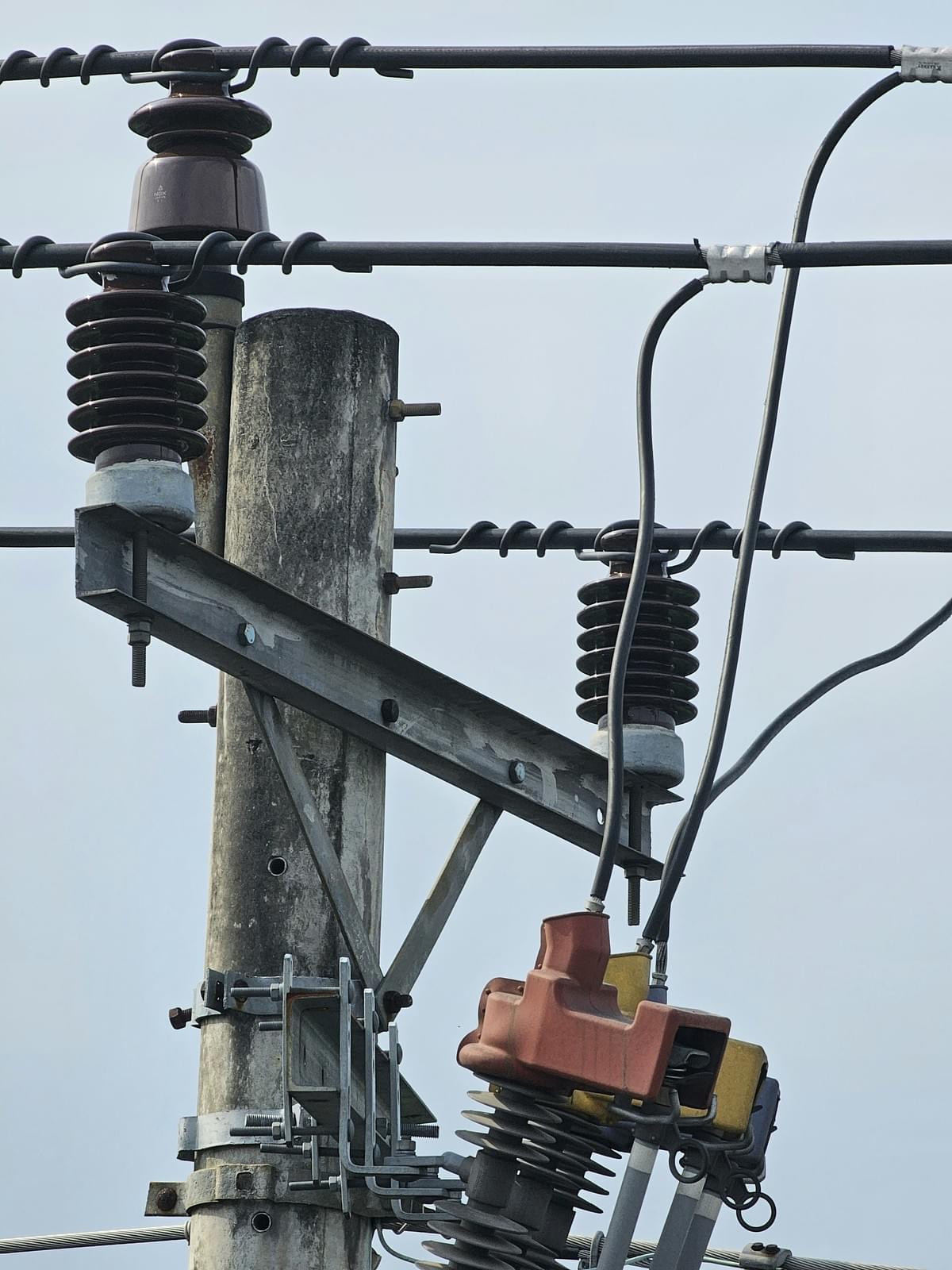
When it comes to transmission systems, armor rods play a crucial role that often goes unnoticed. These components serve as protective elements for conductors, ensuring their longevity and reliability in various environmental conditions. Understanding the function and importance of armor rods is essential, especially when considering the broader context of spacer dampers and how they work together in transmission lines.
Material Choices for Armor Rods
Armor rods are typically made from a variety of materials, each chosen for specific properties that enhance performance. Common materials include aluminum, steel, and composite options that provide a balance between strength and weight. The choice of material directly impacts the effectiveness of these rods in protecting conductors from wear and tear while maintaining optimal functionality within the system.
Different materials also influence how well these rods can withstand environmental challenges such as extreme temperatures or mechanical stress. When evaluating what is the purpose of damper in transmission line systems, it becomes clear that robust materials are necessary not only for protection but also to support the overall integrity of the transmission infrastructure. Without suitable material choices for armor rods, other components like spacer dampers may face undue stress, leading to potential failures.
Importance of Corrosion Resistance
Corrosion resistance is another critical factor when selecting materials for armor rods. Given that transmission lines are often exposed to moisture and various corrosive elements in the environment, having armor rods that can withstand these conditions is vital for long-term operation. If corrosion sets in on any component within a transmission line—including spacer cables—it can compromise both performance and safety.
The durability provided by corrosion-resistant materials ensures that armor rods maintain their protective qualities over time without succumbing to degradation. This aspect becomes particularly important when considering what is the use of spacer in transmission line applications; effective spacers help maintain conductor separation while preventing damage from environmental factors. Therefore, choosing corrosion-resistant options not only extends the life span of individual components but also enhances overall system reliability.
Spark Fittings’ Custom Armor Rod Solutions
Spark Fittings offers custom solutions tailored to meet specific needs regarding armor rod applications within transmission systems. Their expertise allows them to provide products designed with optimal material properties suited for various operational environments—ensuring longevity even under harsh conditions. By understanding what is the difference between a bundle spacer and a damper alongside other components like armor rods, engineers can make informed decisions about which solutions best fit their projects.
Custom armor rod solutions from Spark Fittings effectively integrate with existing systems while enhancing structural integrity across all components involved—including spacer dampers used throughout transmission lines. As we explore what is the purpose of spacer cable further along this discussion, it's evident that having reliable protection via custom-designed armor rods plays an essential role in maintaining system stability and performance over time.
Conclusion
In summary, spacer dampers play a crucial role in the functionality and longevity of transmission lines. Understanding the differences between components like bundle spacers and dampers is essential for optimizing system performance. Additionally, recognizing the purpose of spacers in transmission lines can help engineers make informed decisions about their designs.
Key Takeaways on Spacer Dampers
Spacer dampers are vital components that mitigate vibrations and enhance the overall stability of transmission lines. They not only maintain conductor separation but also contribute to preventing fatigue failures, ensuring a longer lifespan for infrastructure. When considering what is the difference between a bundle spacer and a damper, it's important to note that while both serve to support conductors, each has unique functions that cater to specific needs within the system.
The Significance of Vibration Dampers
Vibration dampers are essential for reducing oscillations caused by environmental factors such as wind and seismic activity. By effectively managing these vibrations, they enhance structural integrity and prevent costly repairs due to fatigue failures over time. Understanding what is the purpose of damper in transmission line applications helps highlight their importance in maintaining safe and reliable electrical systems.
Integrating These Components into Projects
When planning new projects or upgrading existing infrastructure, integrating spacer dampers and other vibration-dampening components should be a priority for engineers. This ensures not only optimal performance but also enhances safety across transmission networks. By grasping what is the use of spacer in transmission line configurations, professionals can make strategic choices that bolster system resilience while maximizing efficiency.

